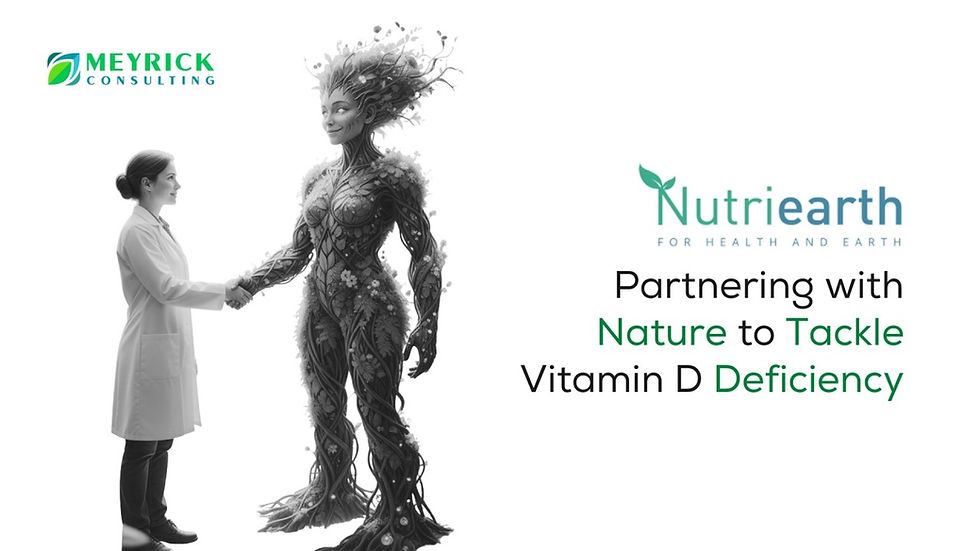“Would You Like PFAS With That?” The Hidden Ingredients No One Ordered
- mike28392
- Jun 20, 2025
- 3 min read

Food lovers, wellness warriors, and snackers of all stripes… brace yourselves. Because while we’ve all been busy obsessing over carbs, calories, and whether oat milk is truly the superior latte companion, there’s been a sneaky bunch of uninvited guests crashing our dinner plates.
Yes, I’m talking about the creepy crawlies of the chemical world… microplastics, PFAS, and UPFs. It’s like a toxic Avengers assemble… but way less heroic.
The Unseen Menu: Microplastics, Now in Brain-Flavoured
Let’s kick things off with microplastics, the little plastic baddies that have made their way from your water bottle to, wait for it... your brain. According to a Fortune piece that reads like a sci-fi horror story, scientists now believe our consumption of ultra-processed foods (UPFs) may be creating the perfect storm for microplastic absorption in our bodies. That’s right, your cheap nuggets and fizzy pop might be rolling out the red carpet for plastic particles to waltz right into your nervous system.
The culprit? A combination of contaminated food packaging, manufacturing residue, and inflammatory responses that increase gut permeability. Translation: junk food might literally be making it easier for plastic to sneak past your internal security system. Bon appétit!
Closet Killers: PFAS in Your Pants (and Plates)
Just when you thought your wardrobe was safe, in struts PFAS… those “forever chemicals” found in waterproof jackets, stain-resistant carpets, and now, potentially, your bloodstream. According to Forbes, these synthetic chemicals are sticking around longer than your New Year’s resolutions, linked to cancer, hormone disruption, and more.
What’s worse? PFAS often hitch a ride from your clothes to your skin, and eventually into your food via water, soil, or food packaging. It’s like a culinary conga line of contamination and nobody invited these guys.
Now for the Plot Twist: The “Pee Test” for UPF Overload
Here’s where it gets both alarming and weirdly hopeful. Another Fortune piece this week introduced a way to actually test if you’ve been hitting the UPFs a bit too hard by analysing your blood and urine for biomarkers linked to ultra-processed food intake.
That’s right. We’re now officially at the point where your doctor might tell you to “cut back on the ready meals” based on what’s found in your wee. We’ve gone full-circle… from clean eating to clean peeing.
And honestly? I think it’s genius. Because for years we’ve danced around the UPF conversation with vague advice and blurry labels. Now we’ve got science calling it out. No judgment, just data. And for those of us in the food industry? That’s a big’ wake-up call with a side of opportunity.
So What Does This All Mean for the Food World?
Transparency Is No Longer Optional
Consumers are waking up. The age of blind trust in packaging is over. Labels, sourcing, and clean formulations are under a microscope sometimes literally. If you’re in food production or retail, it’s time to get ahead of the curve before your product ends up in a headline (or a bloodstream).
Natural Is the New Normal
This is a golden moment for companies championing minimally processed, chemical free, and plastic conscious food products. You’re responding to a public health issue with integrity.
Innovation Isn’t Just for Silicon Valley
From biopesticides like Vacciplant that give plants an immune boost without synthetic nasties. A Tiny Bug With a Huge …, to AI vending machines that track salad habits (a little creepy, but still cool)Big Brother is Watching…—we’ve seen how tech and biology can team up for good. Now, let’s channel that energy into solving our PFAS and plastic problems.
The Takeaway Platter
Let’s be honest, the idea that your sandwich might contain trace amounts of T-shirt chemicals is enough to put anyone off their lunch. But here’s the hopeful bit… knowledge is power and science is finally catching up to what many in the food world have long suspected.
The challenge now? Turning this info into action. Whether that’s reformulating recipes, rethinking packaging, or re-educating consumers, the opportunity is ripe.
Because the future of food should nourish, not pollute.
And if we get it right, maybe… just maybe we can go back to worrying about which type of hummus to serve at dinner, rather than how much plastic might be stuck in it.
Until next time, stay curious, stay healthy, and for goodness’ sake, read the label.




Comments